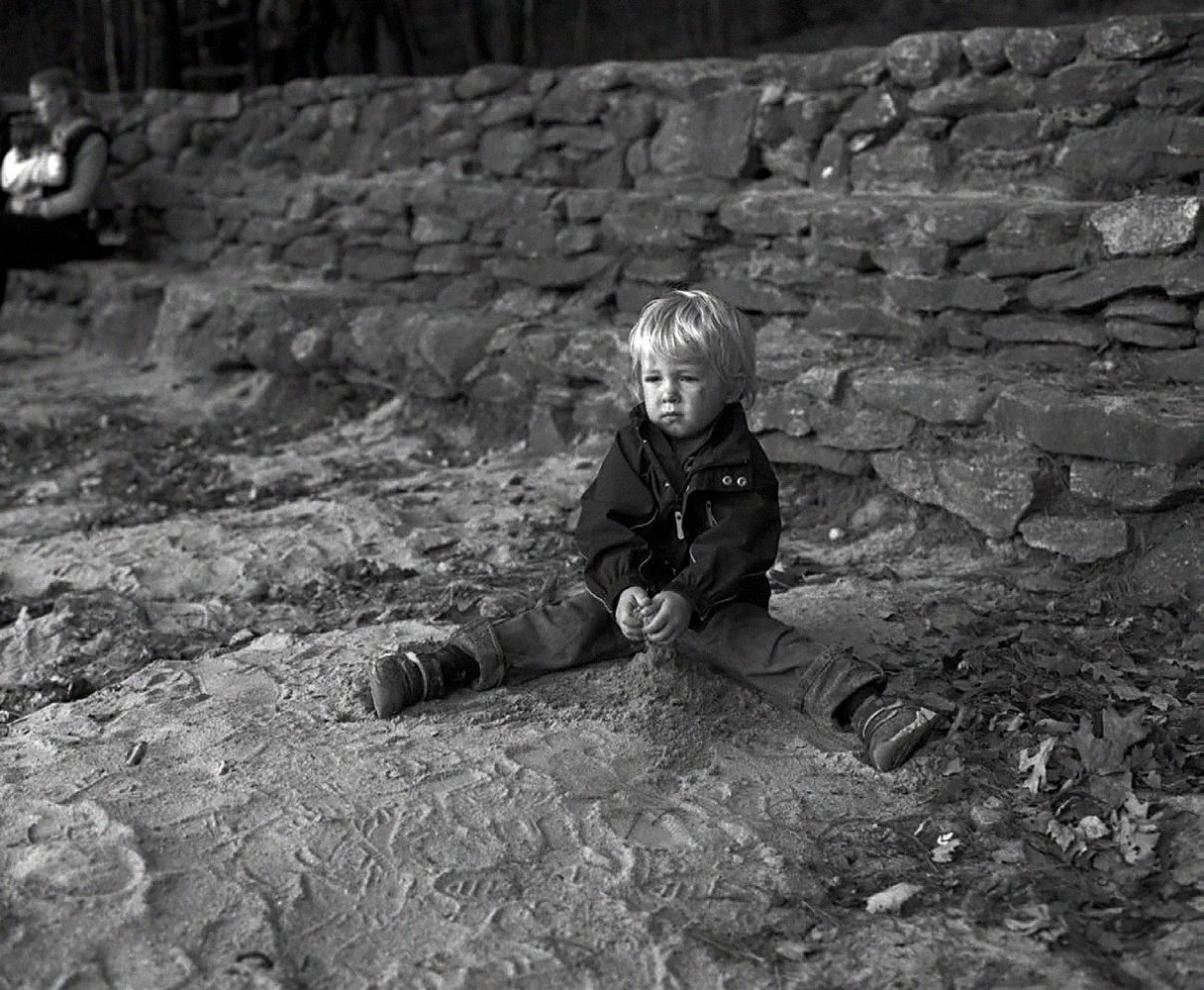
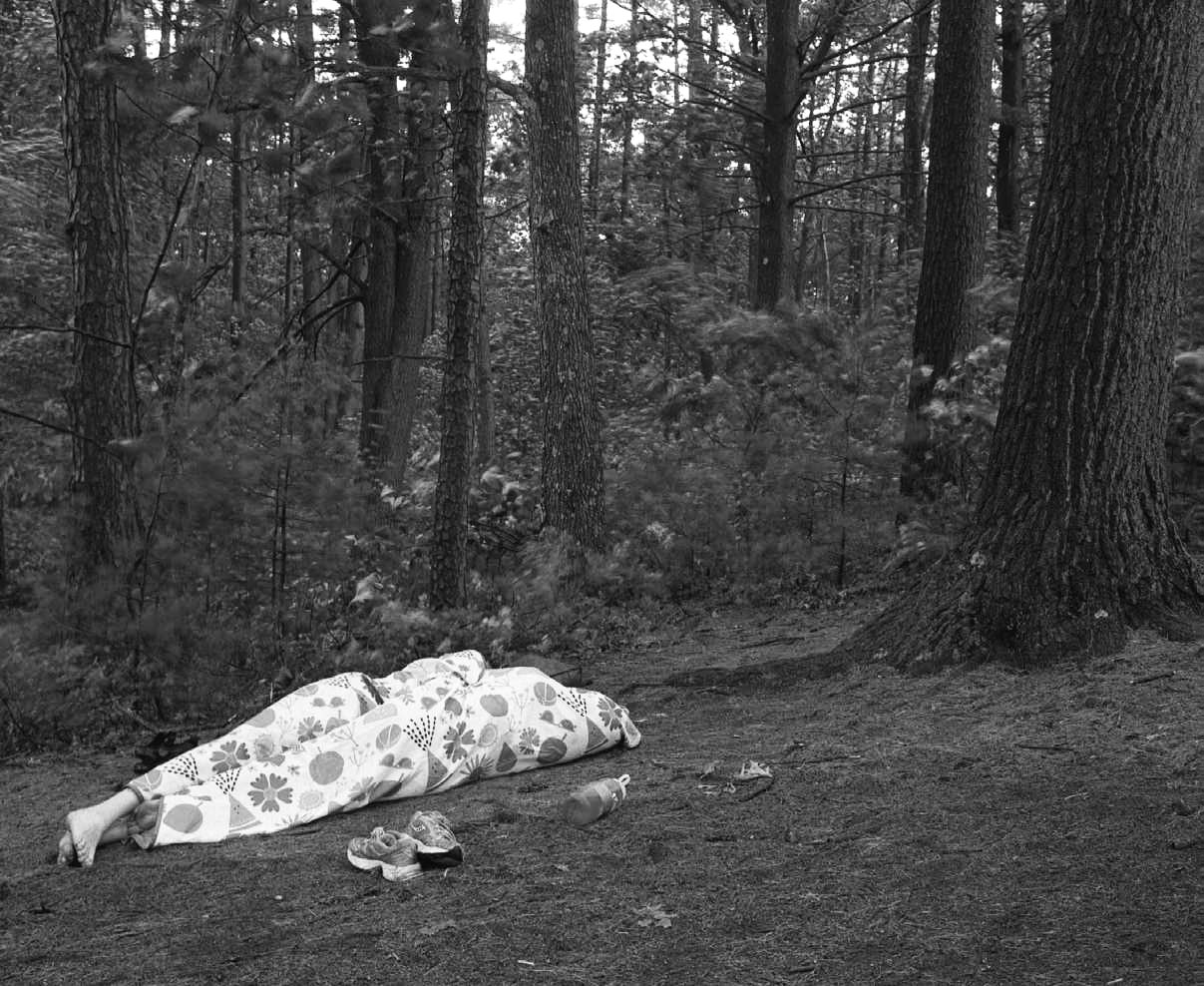
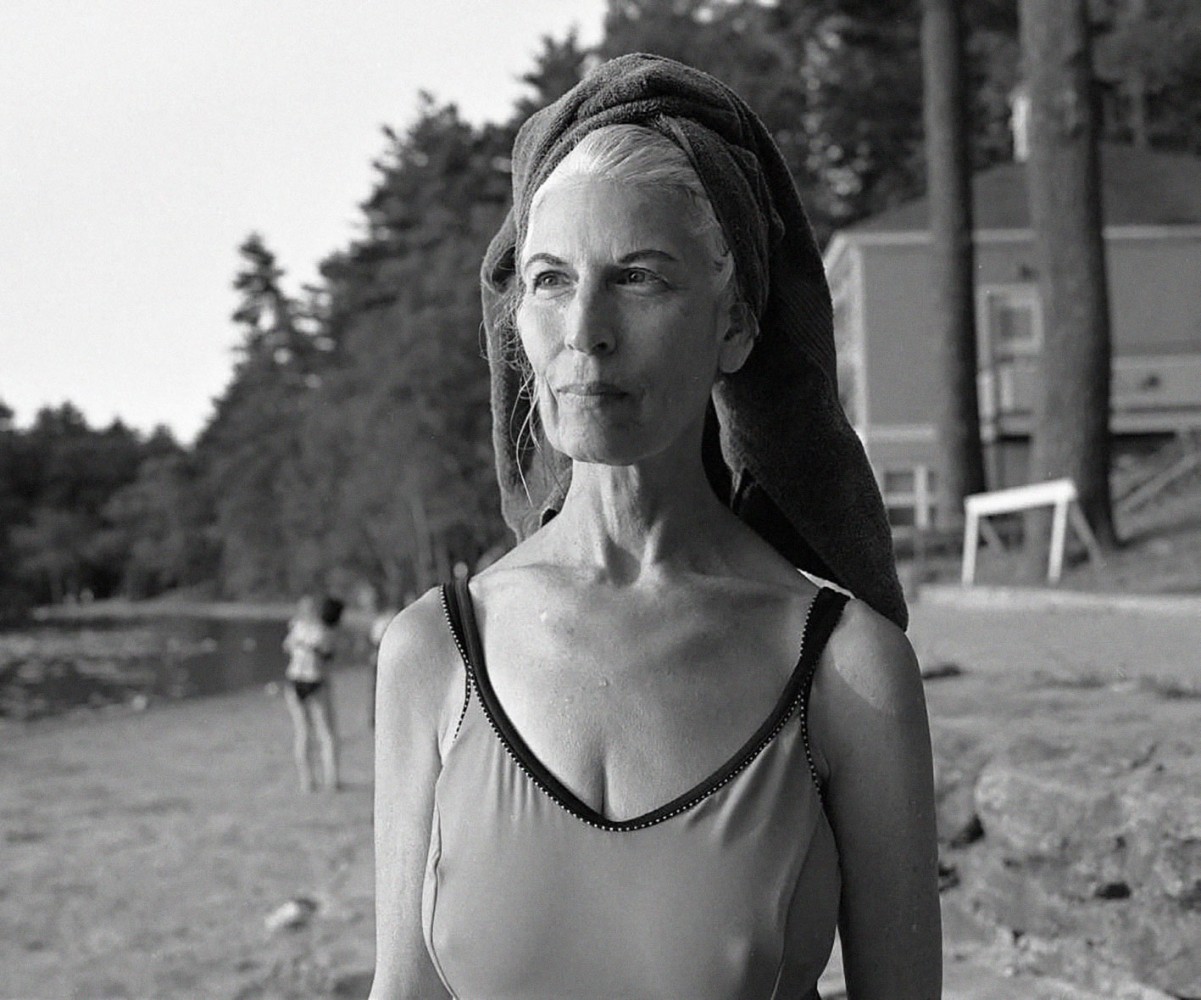
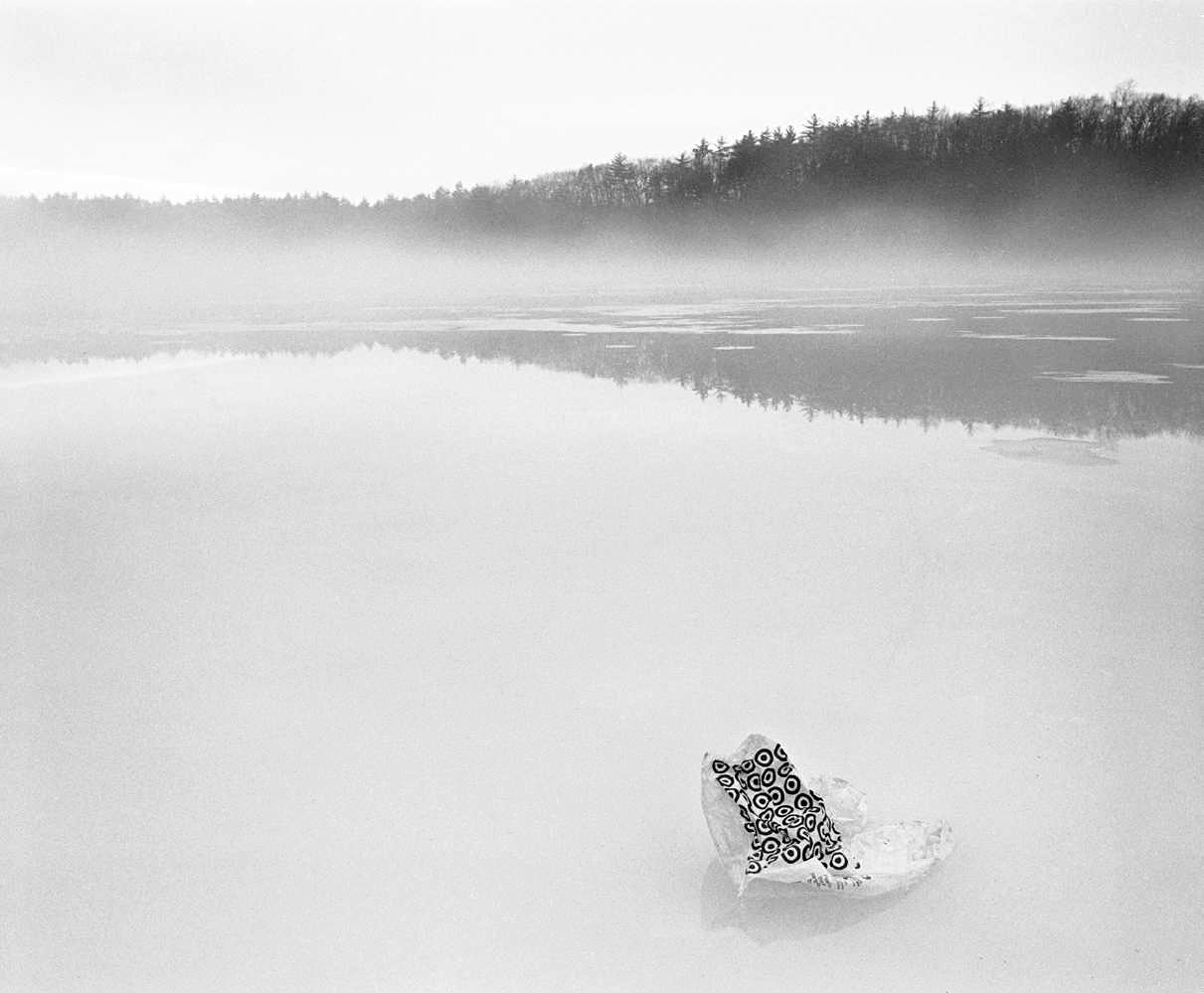
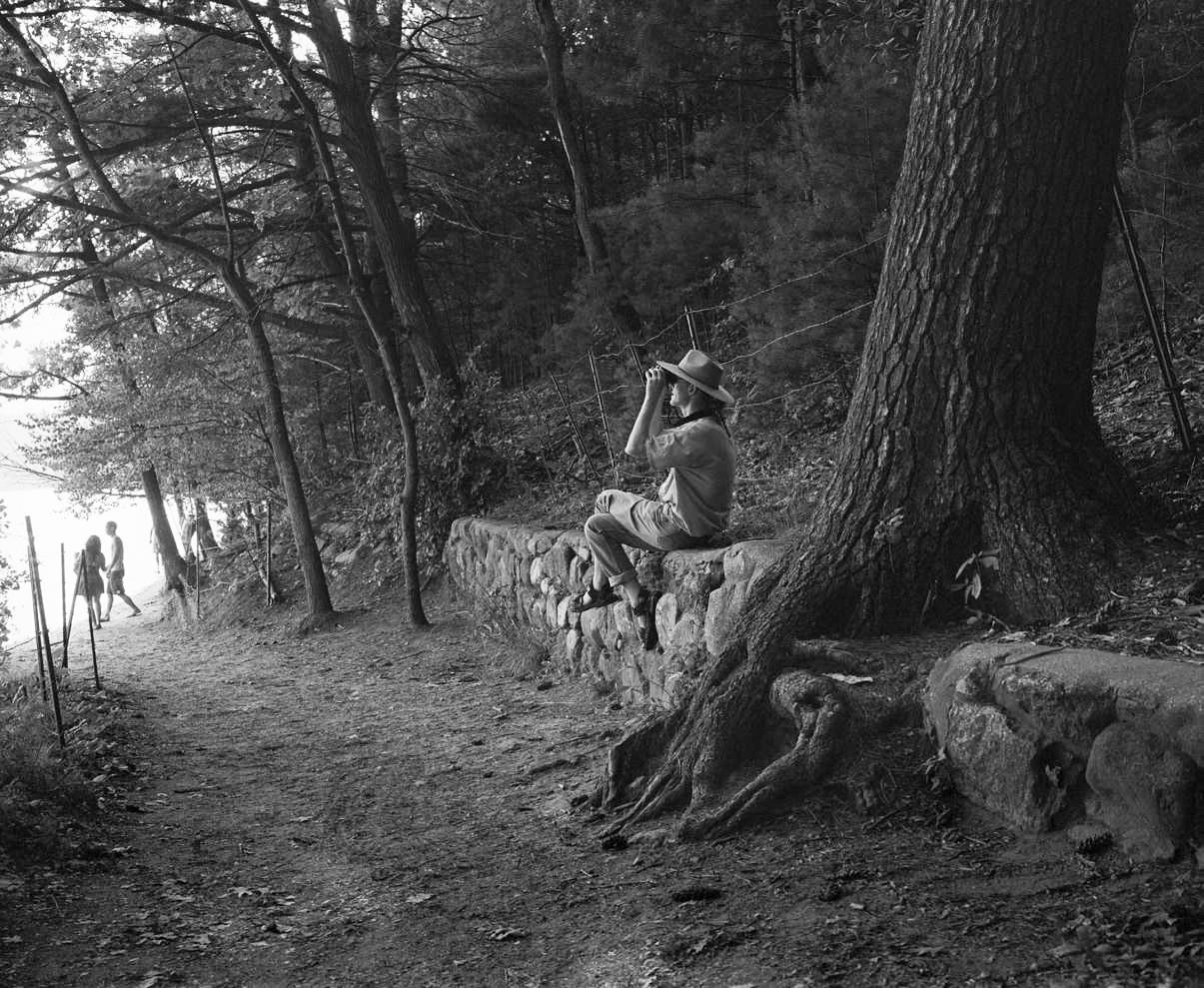
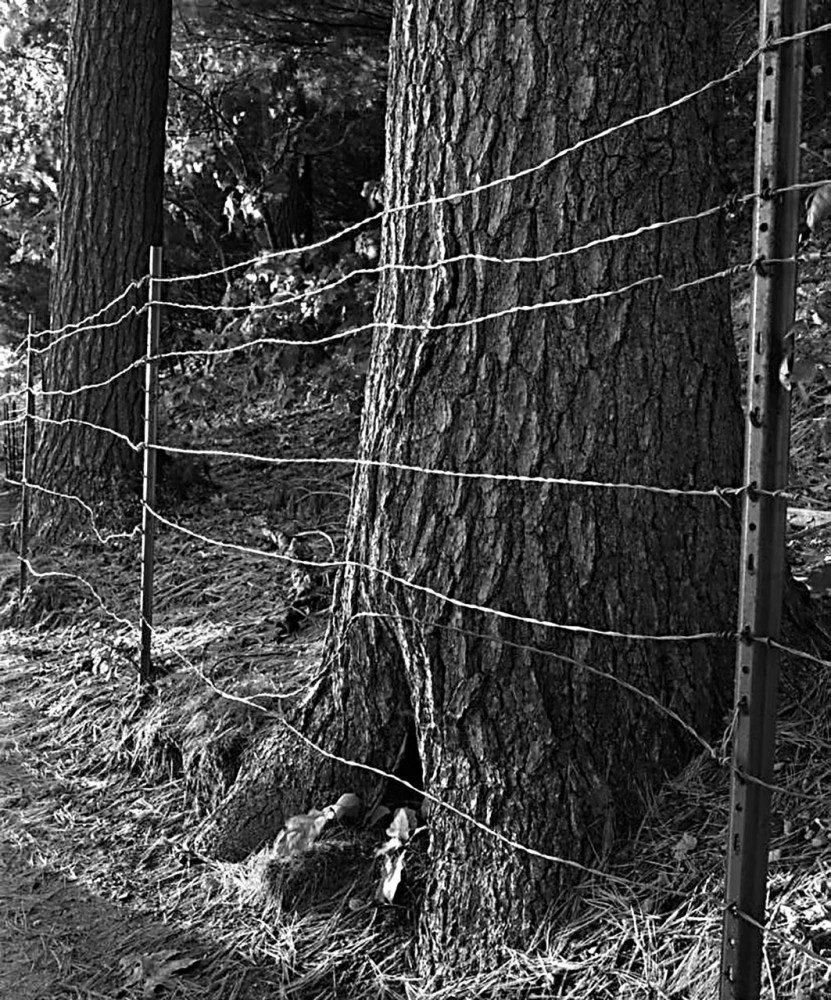
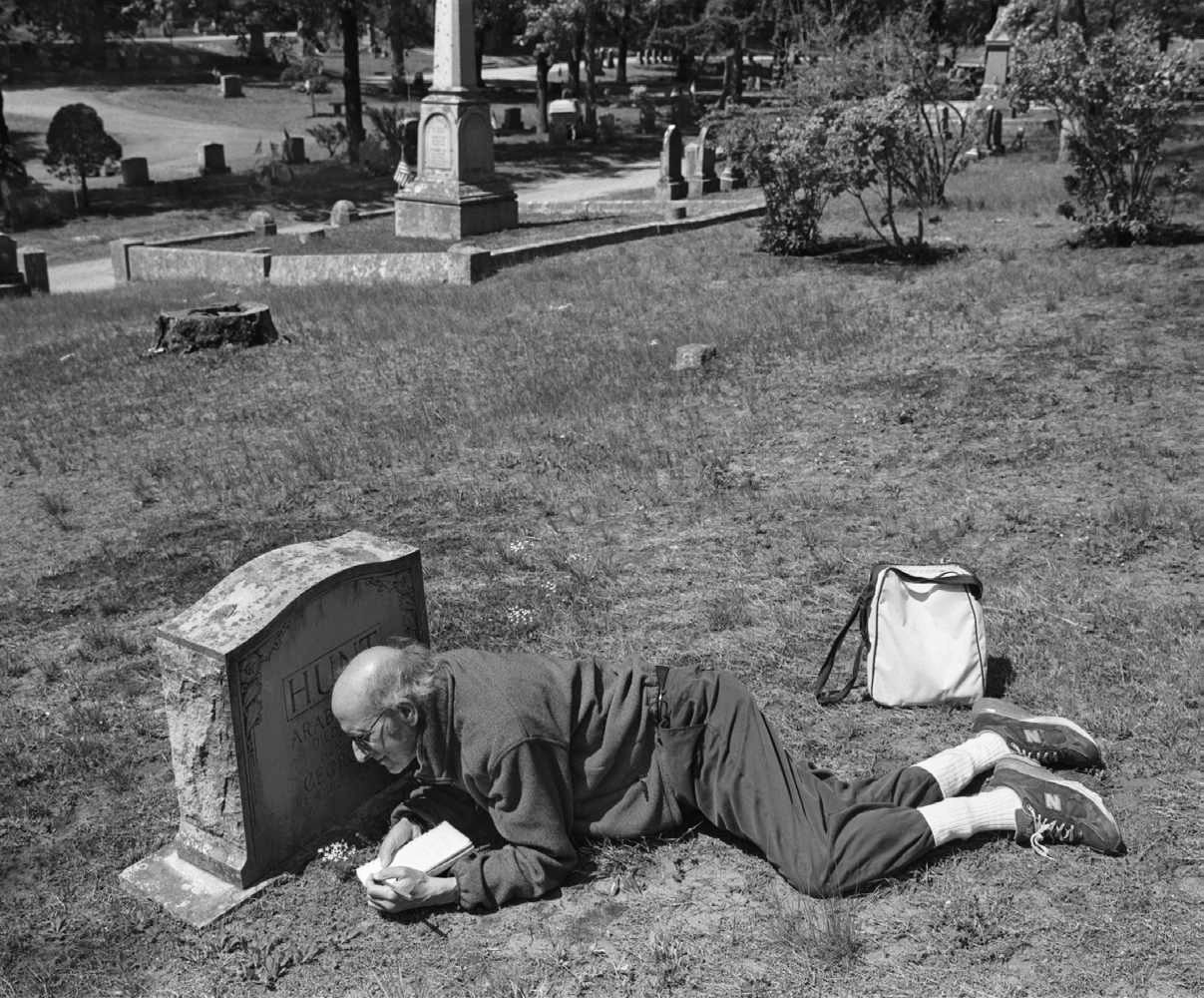
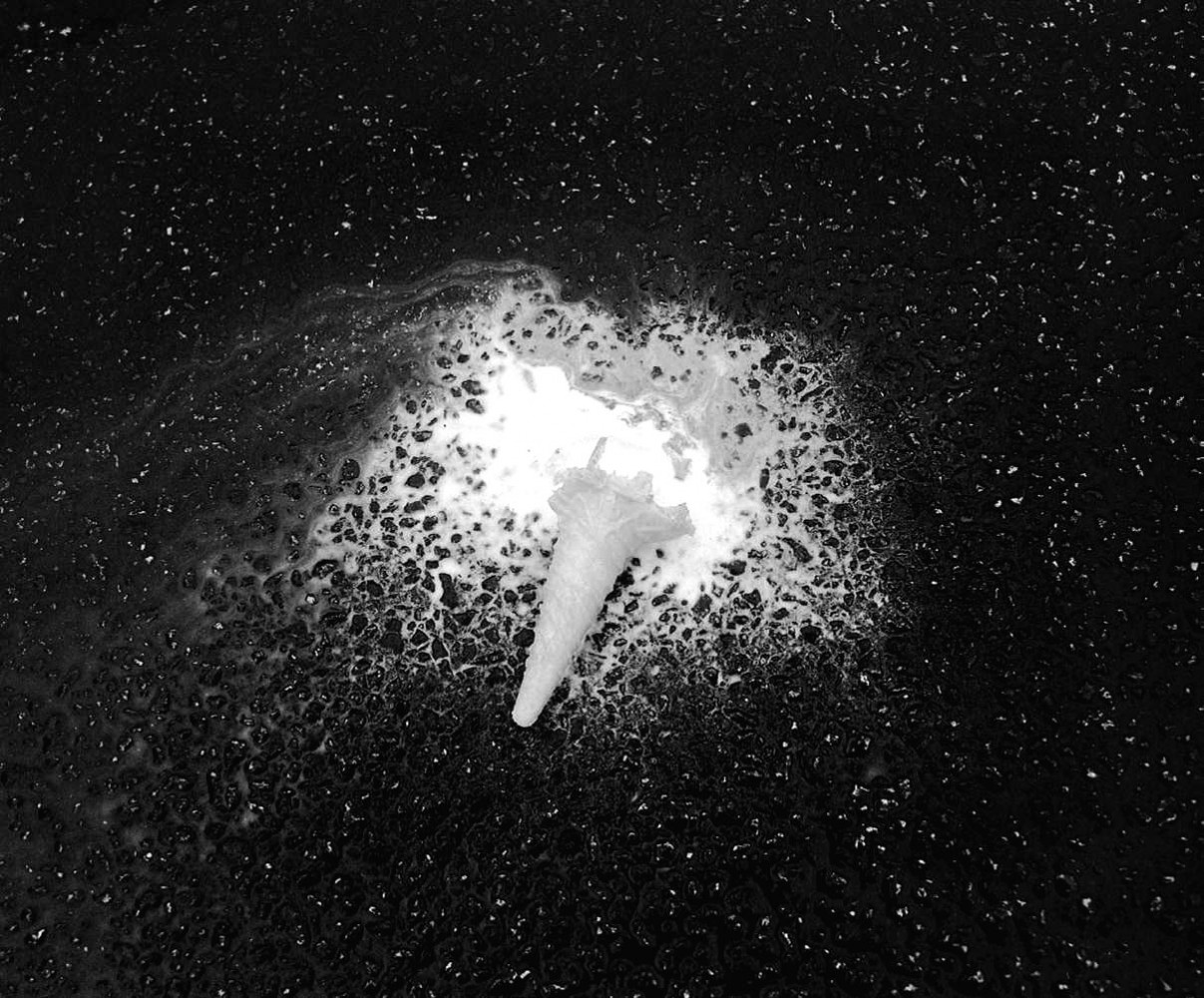
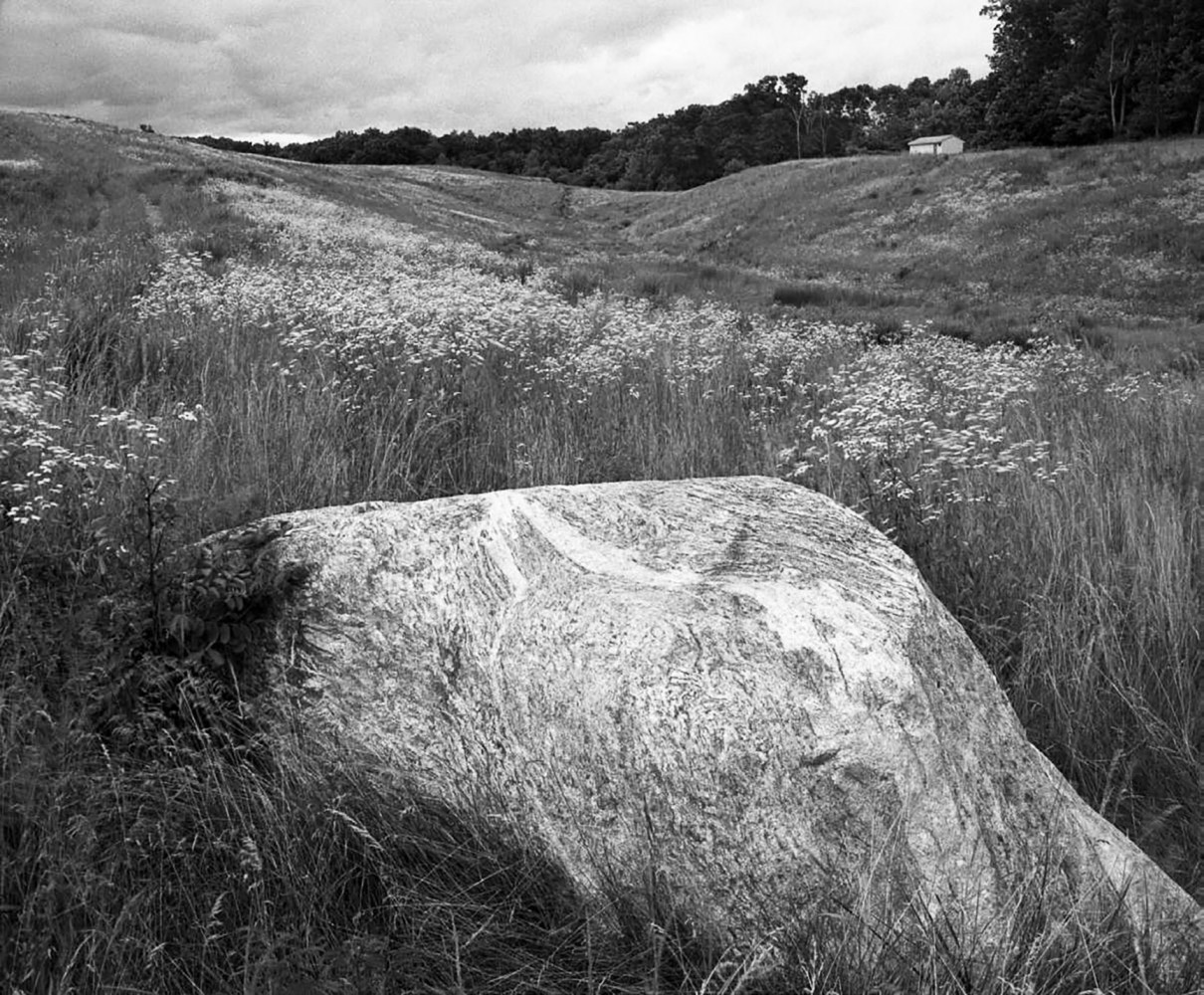
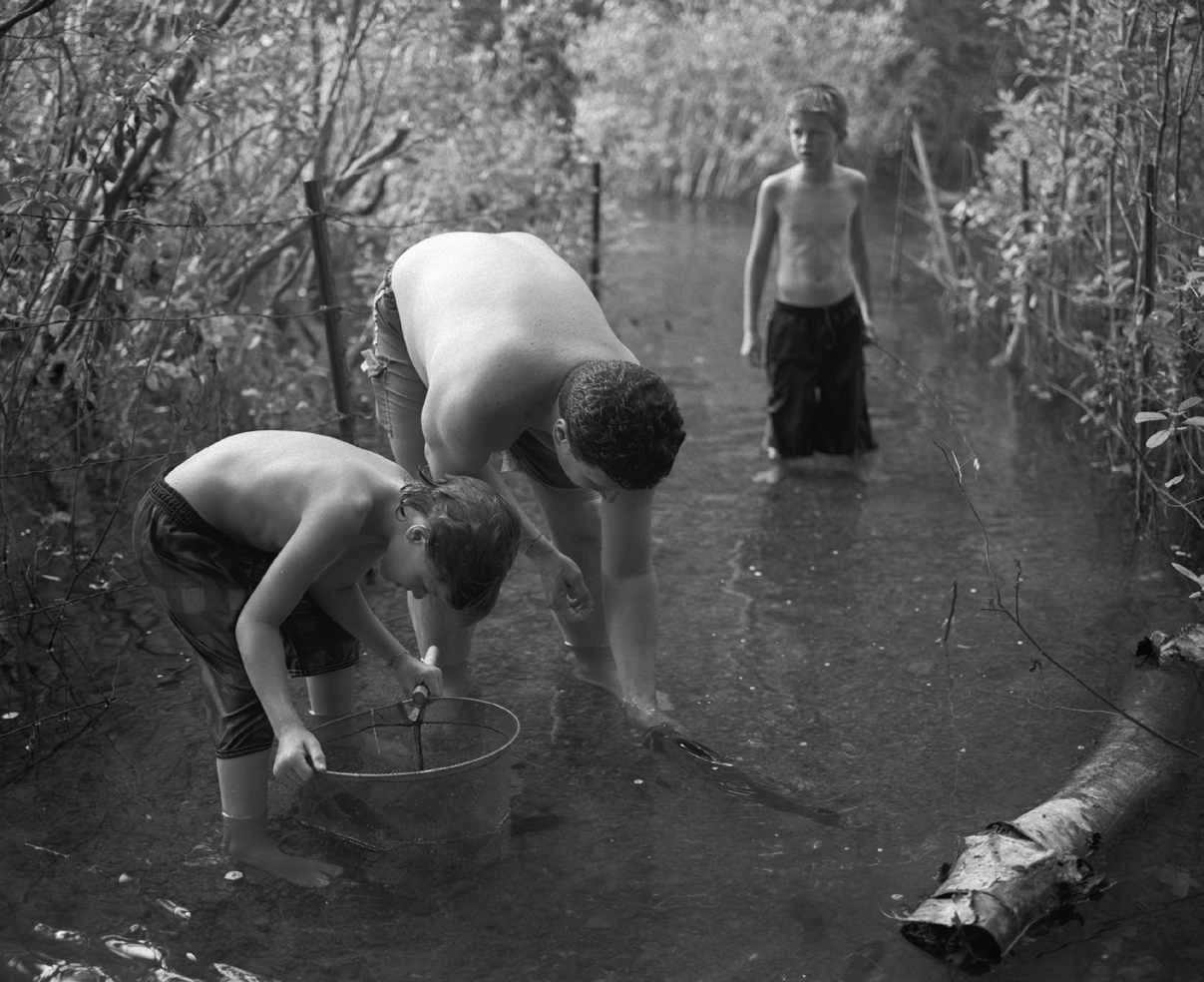
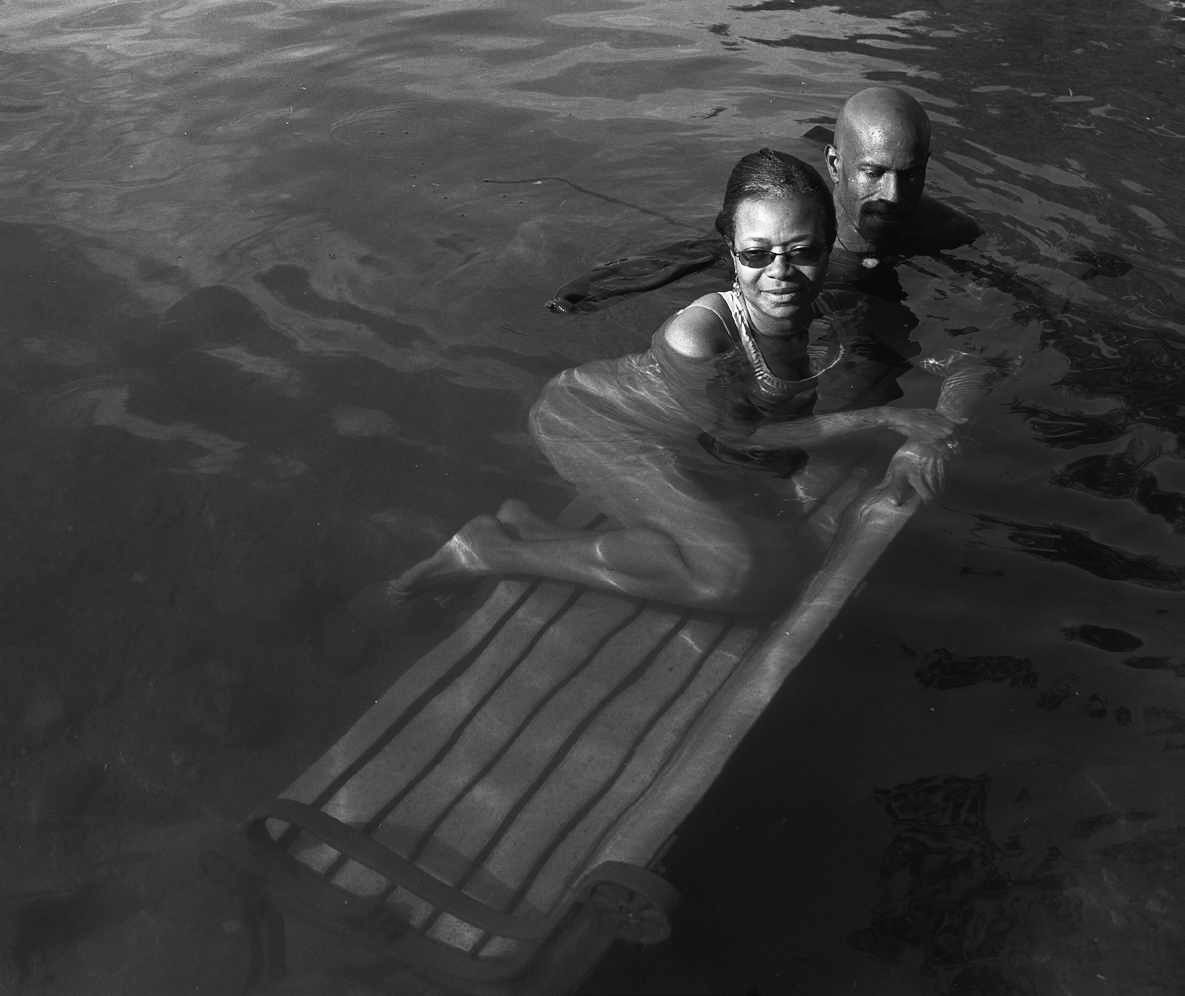
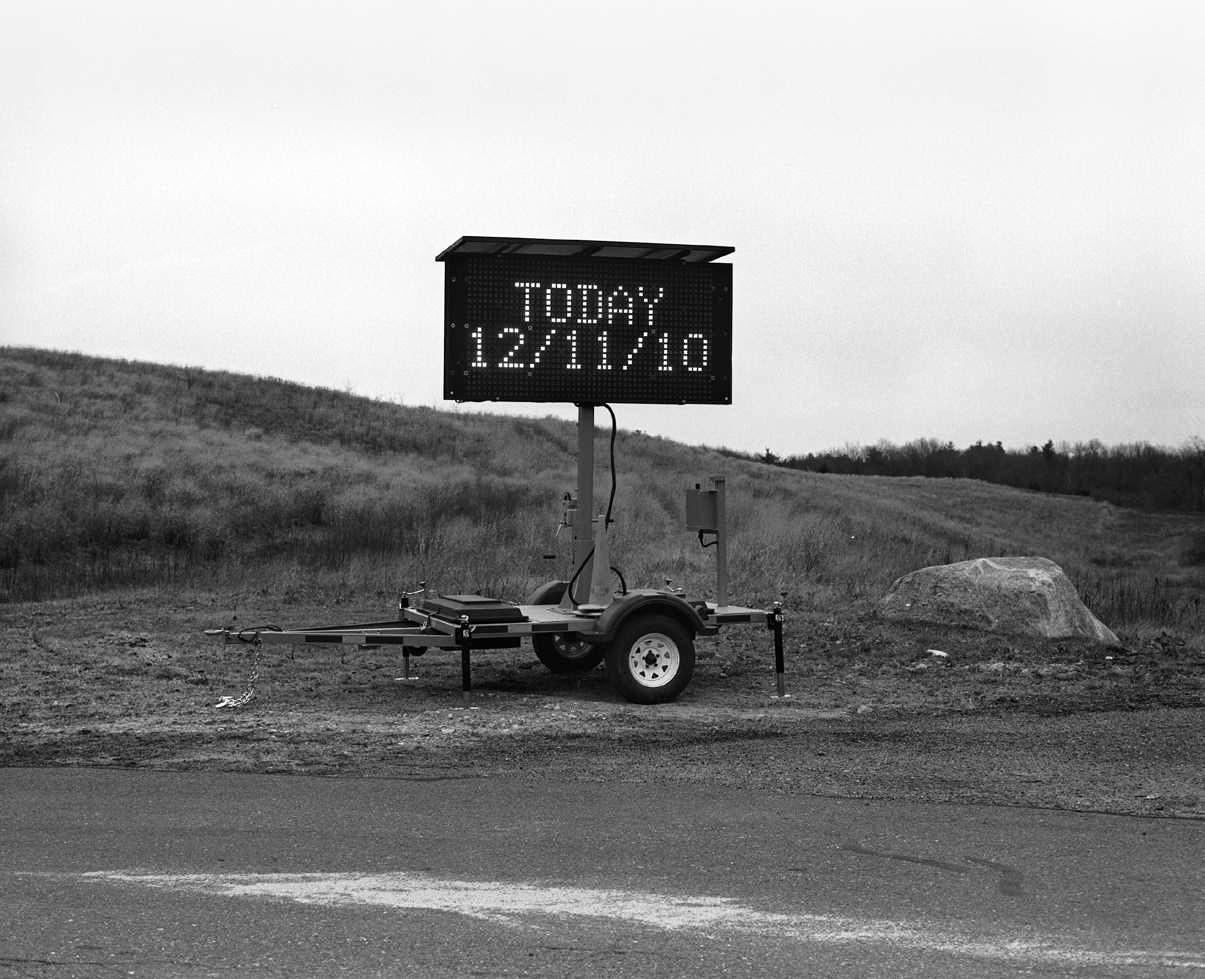
The highest condition of art is artlessness.
Truth is always paradoxical.
He will get to the goal first who stands stillest.
There is one let better than any help, and that is, – Let-alone.
By sufferance you may escape suffering.
He who resists not at all will never surrender.
When a dog runs at you, whistle for him.
Say, Not so, and you will outcircle the philosophers.
Stand outside the wall, and no harm can reach you.
The danger is that you be walled in with it
For an impenetrable shield, stand inside yourself.
Henry David Thoreau
In the mid-19th century, American writer and philosopher Henry David Thoreau decided to conduct an experiment. He would build a hut in the woods, at Walden Pond, and lead a simple, plain life there – self-sufficient and close to nature. He described his experience in a book he titled Walden; or, Life in the Woods.
Decades later, photographer S.B. Walker from New England went to Walden Pond to see how much of Thoreau’s world remains there today. By following the local community, he examined the extent to which Thoreau’s old neighbourhood has been affected by human presence. His photo series can be viewed through the lens of Thoreau’s book – it too, is a philosophical tale about life between nature and culture.






